What are the safety risks of incorrect moving head light installation? | Insights by LQE
- Ensuring Safe Installation of Moving Head Lights: A Comprehensive Guide
- 1. What Are the Potential Electrical Hazards Associated with Incorrect Installation?
- 2. How Can Incorrect Mounting Affect the Stability of Moving Head Lights?
- 3. What Are the Fire Risks Associated with Improper Installation?
- 4. How Does Incorrect Installation Impact the Longevity of Moving Head Lights?
- 5. What Are the Legal and Insurance Implications of Incorrect Installation?
- 6. What Personal Protective Equipment (PPE) Should Technicians Use During Installation?
- 7. How Can Technicians Safely Handle and Store Lighting Equipment?
- 8. What Are the Best Practices for Electrical Safety During Installation?
- Conclusion: Why Choose LQE for Your Stage Lighting Needs?
Ensuring Safe Installation of Moving Head Lights: A Comprehensive Guide
1. What Are the Potential Electrical Hazards Associated with Incorrect Installation?
Improper wiring and grounding of moving head lights can lead to electrical shocks or fires. To mitigate these risks:
De-energize Circuits: Always turn off power before connecting or disconnecting fixtures, using a voltage tester to confirm that power is off.
Proper Grounding: Ensure all metal components, including trusses and lighting stands, are properly grounded to prevent electric shock in case of a fault.
Cable Management: Avoid running power and DMX cables parallel to each other for long distances to reduce electromagnetic interference, which can cause flickering or unresponsive fixtures. Secure cables with zip ties or clamps every 1–1.5 meters to prevent tripping hazards and accidental disconnections.
2. How Can Incorrect Mounting Affect the Stability of Moving Head Lights?
Incorrect mounting can lead to unstable fixtures, increasing the risk of falling lights. To ensure stability:
Use Appropriate Mounting Hardware: Employ clamps, safety cables, and mounting brackets suitable for the fixture's weight and design.
Inspect Structural Integrity: Before installation, verify that mounting points like trusses or ceiling grids are free from corrosion, cracks, or excessive wear.
Regular Inspections: Conduct routine checks to ensure that all fixtures remain securely fastened and balanced.
3. What Are the Fire Risks Associated with Improper Installation?
Moving head lights generate significant heat during operation. To mitigate fire risks:
Ensure Adequate Ventilation: Install lights in areas with sufficient airflow to dissipate heat effectively.
Maintain Safe Distances: Position lights away from flammable materials, such as curtains or set pieces, to prevent accidental ignition.
Use Flame-Retardant Materials: Ensure that all curtains and materials near lighting fixtures are flame-retardant.
4. How Does Incorrect Installation Impact the Longevity of Moving Head Lights?
Improper installation can lead to mechanical stress, causing premature wear and potential failure of moving head lights. To extend equipment lifespan:
Follow Manufacturer Guidelines: Adhere to the installation instructions provided by the manufacturer to prevent undue stress on components.
Regular Maintenance: Perform routine inspections and maintenance to identify and address issues before they lead to equipment failure.
5. What Are the Legal and Insurance Implications of Incorrect Installation?
Incorrect installation can lead to accidents, resulting in legal liabilities and insurance claims. To mitigate these risks:
Compliance with Regulations: Ensure adherence to local safety regulations and industry standards during installation.
Documentation: Keep detailed records of installation procedures and maintenance activities to demonstrate due diligence.
6. What Personal Protective Equipment (PPE) Should Technicians Use During Installation?
Technicians should wear appropriate PPE to mitigate risks:
Safety Harnesses: For work at heights, use safety harnesses with shock-absorbing lanyards, paired with anchor points rated for at least 22 kN of force.
Non-Slip Footwear: Wear steel-toe boots to protect against falls and dropped tools.
Insulated Gloves: Use insulated rubber gloves rated for 1,000V or higher when handling electrical components.
7. How Can Technicians Safely Handle and Store Lighting Equipment?
Proper handling and storage are essential to prevent damage and ensure safety:
Use Padded Cases: When transporting fixtures, use padded cases or blankets to cushion delicate components like lenses or LED arrays.
Avoid Stacking: Do not stack heavy lights on top of each other; instead, place them on sturdy shelves or rolling carts with locking wheels.
Two-Person Lift: For fixtures weighing over 15 kg, use two technicians to lift them, keeping the load close to the body to reduce strain.
8. What Are the Best Practices for Electrical Safety During Installation?
To ensure electrical safety:
Inspect Cables: Examine power cables for signs of damage or aging, as damaged cables increase the risk of electrical leakage.
Secure Connections: Ensure that connections between fixtures and power sources are secure to prevent electrical arcs during performances.
De-Energize Before Maintenance: Before changing a lamp or opening a fixture, physically disconnect it from the power source.
Conclusion: Why Choose LQE for Your Stage Lighting Needs?
LQE offers high-quality moving head lights designed with safety and durability in mind. Their products undergo rigorous testing to ensure compliance with international safety standards, providing peace of mind for your installations. By choosing LQE, you invest in equipment that prioritizes both performance and safety, ensuring a secure and effective lighting setup for your stage productions.
Sources:
Distributor
What are the advantages of becoming an LQE distributor?
Access to high-performance, patented lighting products
Competitive factory pricing and excellent profit margin potential
Strong R&D capabilities with 80+ national patents
Reliable production capacity: 100,000 units annually
Dedicated account manager to support your growth
Do you offer OEM/ODM support for distributors?
Yes, as a professional OEM/ODM manufacturer, we support brand customization, including logo printing, packaging design, and even custom features based on project needs.
How can I apply to become a distributor?
Simply fill out the contact form on this page or email us directly with your company information, market background, and cooperation intention. Our sales team will get in touch with you within 1–2 business days.
Is there a minimum order quantity (MOQ) to become a distributor?
MOQ requirements vary based on the product line and market region. However, for long-term distribution partnerships, we are flexible and can start with a trial order to build trust.
1000w
What Kind of Certificates You Offer?
All kinds of certificates could be offered by LQE digital moving light factory, which depends on customer’s required, different pricing plan for different approval.
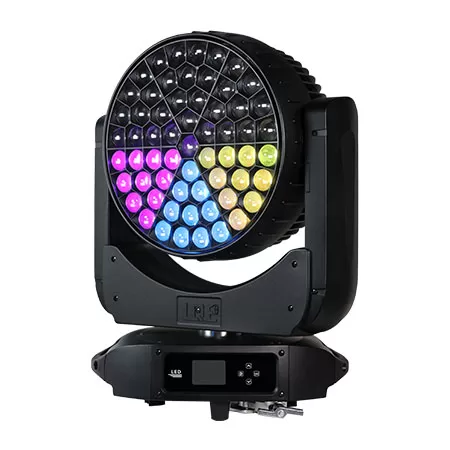
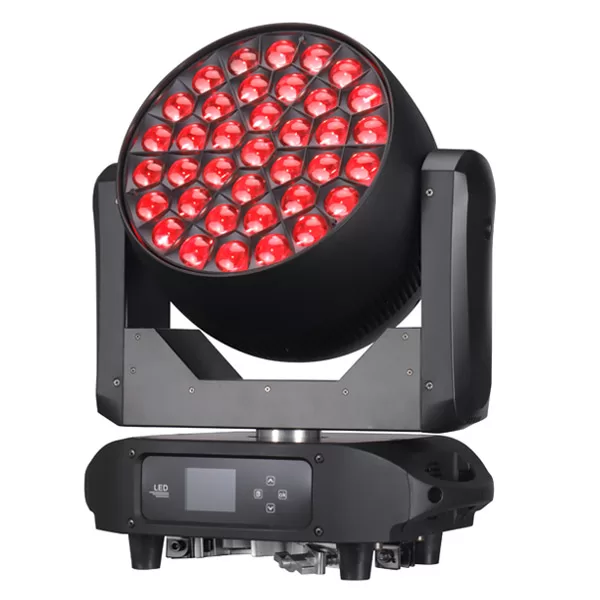
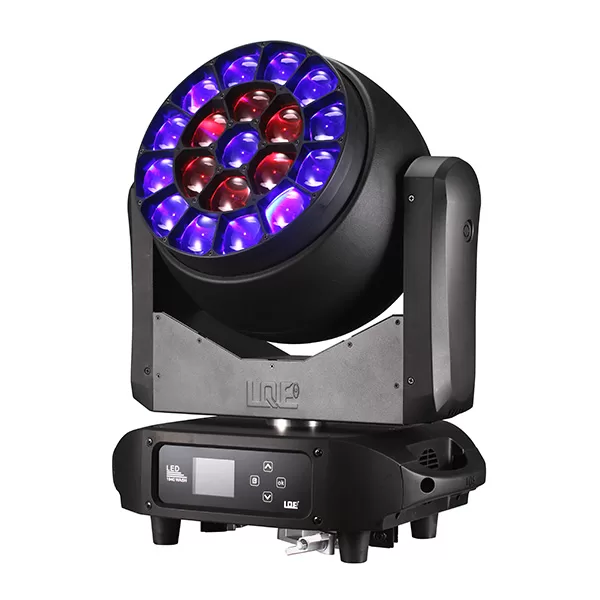
Want to learn more information?
[Reach out to us and receive professional guidance, a personalized quote, and the best solution for your needs.]

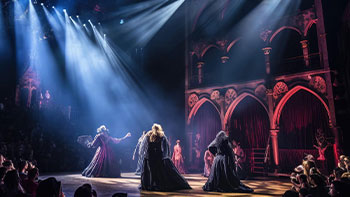
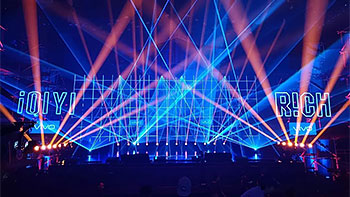
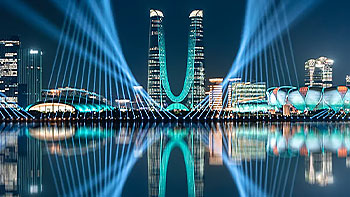
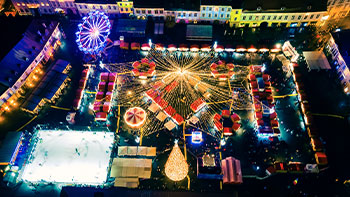
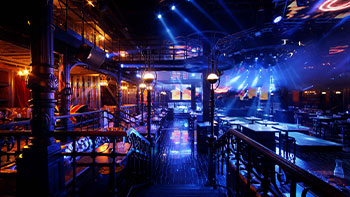
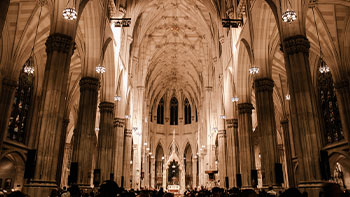






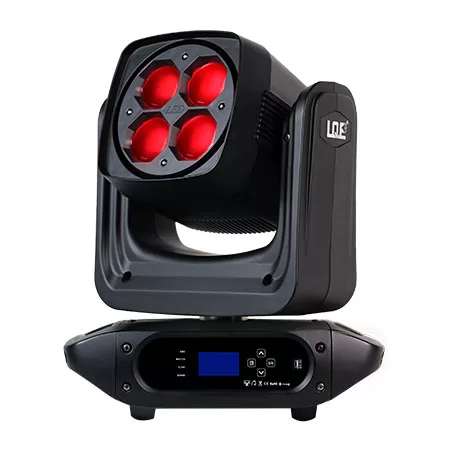
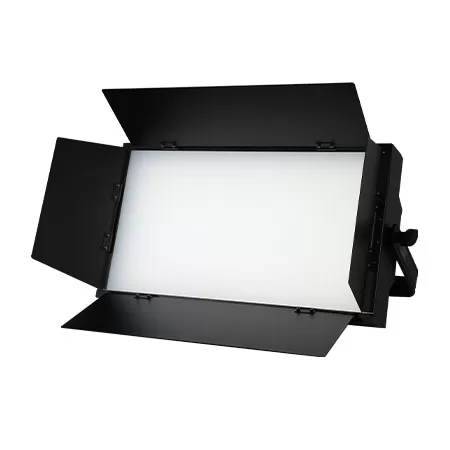
Linkedin
YouTube
Whatsapp: +8618924548390
TikTok